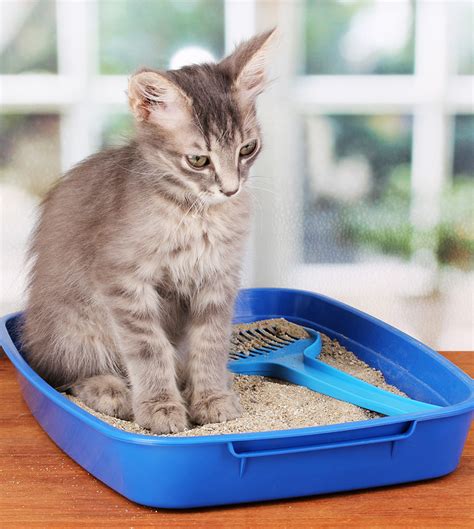Introduction
Litter training is a crucial aspect of feline care, ensuring hygiene, well-being, and harmonious cohabitation. By understanding their natural habits and implementing effective training methods, cat owners can establish a clean and convenient litter environment for their beloved companions.

Natural Litter Habits of Cats
Cats possess an innate instinct to bury their waste. In the wild, they would seek out secluded areas like sandy soil or loose earth to deposit their excretions. House cats retain this innate behavior, preferring absorbent substrates that mimic their natural burial grounds.
Key Features of Natural Litter Habits:
- Preference for sandy or dirt-like substrates
- Instinctive burial behavior
- Avoidance of wet or uncomfortable surfaces
Litter Training for Kittens and Adult Cats
Kittens (Under 1 Year of Age)
Kittens are naturally receptive to litter training. They tend to observe their mothers and littermates, mimicking their waste disposal habits.
Step-by-Step Litter Training for Kittens
- Introduce the Litter Box: Place a litter box in a quiet, easily accessible location.
- Place the Kitten in the Box: After feeding or playing, gently place the kitten in the litter box.
- Associate the Box with Elimination: Encourage the kitten to use the box by repeatedly saying, “Go potty” or “Use the box.”
- Clean the Box Regularly: Keep the litter box clean and free of debris to maintain its attractiveness.
Adult Cats
Adult cats may require more patience and effort to litter train, especially if they have developed inappropriate elimination habits.
Step-by-Step Litter Training for Adult Cats
- Identify the Problem: Determine the underlying cause of the house soiling, such as stress, health issues, or territorial marking.
- Eliminate the Root Cause: Address any underlying problems that may be contributing to their inappropriate elimination.
- Provide Multiple Litter Boxes: Increase the availability of litter boxes, especially in multi-cat households.
- Use Different Litter Types: Experiment with different types of litter, such as clay, crystal, or silica gel, to find one that the cat prefers.
Litter Box Placement and Maintenance
Location:
– Quiet and secluded
– Easily accessible
– Away from food and water bowls
Maintenance:
– Scoop daily to remove waste
– Change litter completely every 1-2 weeks
– Wash the litter box thoroughly with soap and water every 3-4 months
Common Litter Box Issues
Inappropriate Elimination:
– Stress, anxiety, or territorial marking
– Medical conditions (e.g., urinary tract infection)
– Unclean or unattractive litter box
Litter Box Avoidance:
– Dirty or uncomfortable litter
– Unpleasant smells
– Too many cats sharing a litter box
Future Trends in Litter Technology
Advances in technology are leading to new and innovative litter box solutions, including:
- Automatic Litter Boxes: These self-cleaning litter boxes automatically scoop and dispose of waste, reducing the effort required for maintenance.
- Odor-Control Technologies: New litter materials and air purifiers are being developed to effectively neutralize litter box odors.
- Health Monitoring Capabilities: Litter boxes with sensors can monitor cat waste and alert owners to potential health issues.
Conclusion
Effective litter training is essential for the well-being of cats and their owners. By understanding their natural habits, implementing effective training methods, and maintaining clean and comfortable litter boxes, cat owners can create a hygienic and rewarding litter environment for their feline companions. As technology continues to evolve, new and innovative litter box solutions are expected to further enhance the convenience and cleanliness of cat care.





















